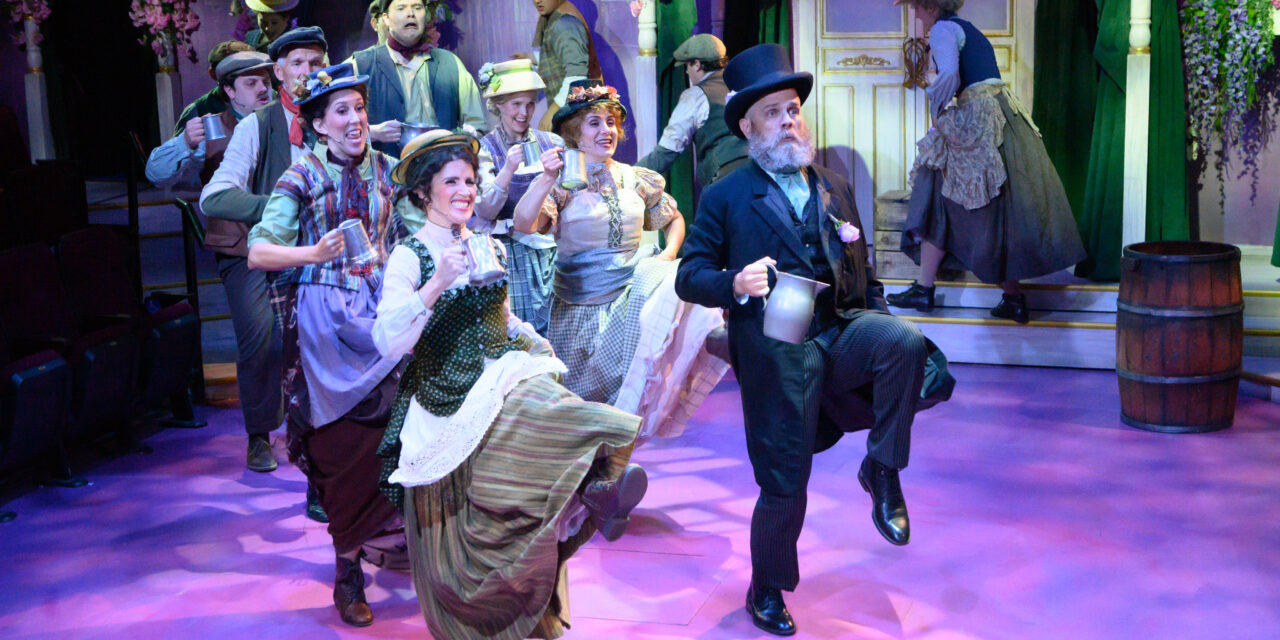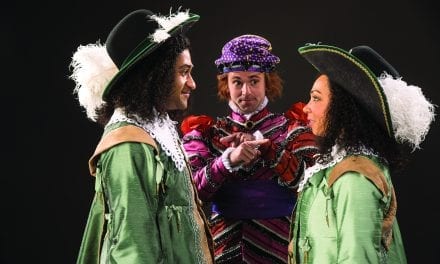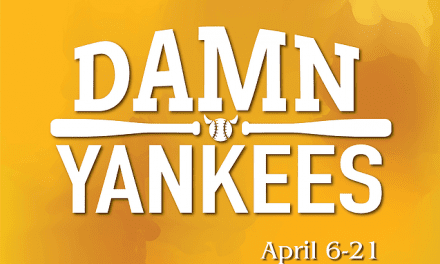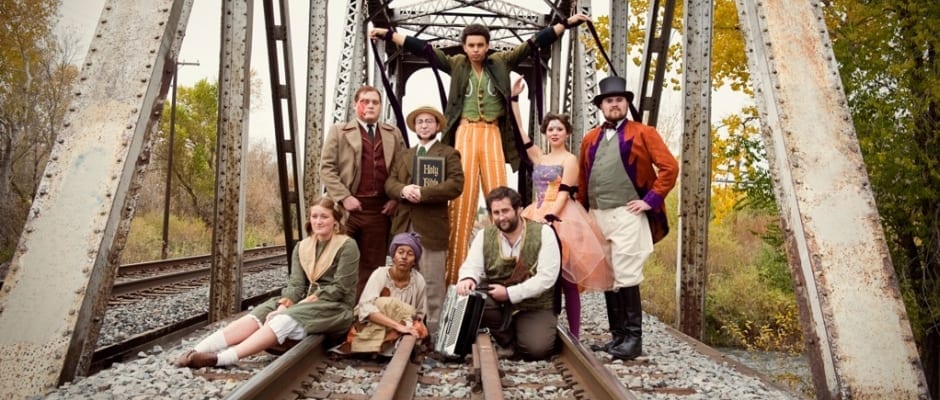OREM — “My Fair Lady is a joyous and tender story of love and equality.”, concludes Rodger Sorenson in the Director’s Note written for the program of My Fair Lady at the Hale Center Theater Orem. I found Sorenson’s conclusion to the note beautifully reflected in the production. The musical with book and lyrics written by Alan Lerner and music by Frederick Loewe, is another adaptation of the Roman poet Ovid’s myth of Pygmalion. The musical is a classic with multiple successful revivals, an Oscar-winning film adaptation, and continued popularity. My Fair Lady is an excellent selection for the final season at the current Orem Hale location and the cast and crew deliver a marvelous success.
The show’s central premise is phonetician Henry Higgins teaching proper English to Eliza Dolittle, a young cockney flower girl. Higgins wants to pass her off as a proper lady at the embassy ball. Thus, each character’s speech is a central feature determining social classes in Edwardian England. Dianna Graham receives significant credit as the production’s dialect coach making this important element feel seamless throughout the production. The performers’ dialects sound appropriate for each character and are the foundation for the show’s plot. The variation of accents, especially among principal characters, builds the language of the world from the first scene.
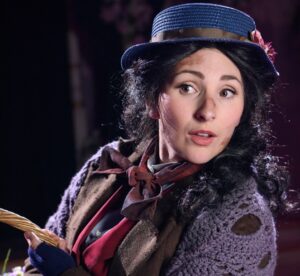
My Fair Lady plays at HCTO through November 23. | Photo Credit: Suzy O Photography
The rest of the production’s design builds on that foundation supporting further elements of My Fair Lady. The visual design elements also aid in separating social classes. Costume designer Dennis Wright uses color, layer, and texture to add visual interest and distinguish society. Eliza’s friends at Covent Garden dress in various patterns and colors contrasting the upper-class attendees wearing unified gray, white, and black at Ascot. The lower class is set apart further from the glamour of the Embassy ball gowns and sleek tuxedos. When Eliza appears in a shimmery, light pink gown for the ball it is clear how much she’s transformed on the outside.
Scenic designer Morgan Golightly designed the set as an exterior patio with white and brown lattice panels. The panels are covered in beautiful pink flower arrangements extending around the theatre. The presence of the pink flowers in this constantly present element is a nice connection to the pink found in Eliza’s costumes. The set pieces move swiftly on and off the stage with excellent transitions that help maintain the production’s momentum.
As Eliza Dolittle, Malia Mackay’s performance brings so much heart. Mackay establishes Eliza’s wants and needs with a beautiful opening vocal in “Wouldn’t it be Loverly”. This is the first musical number following the overture, cutting “Why Can’t the English”. I found this cut fitting, as Henry’s disdain for improper language is clear from the dialogue. The cut trims the runtime of the production slightly to move quicker to Eliza asking for Higgins’ instruction and the resulting wager.
Eliza struggles in Higgins’ English lessons take time as the ensemble sings “Poor Professor Higgins”. These lessons use clever stop motion and freeze staging with the choreography transitioning scenes as the ensemble moves the principal characters. Mackay portrays Eliza’s efforts with endearing spunk, and the payoff is the beautiful success when Eliza masters proper speech with “The Rain in Spain”. Mackay enchants performing this number and the release of emotion for the whole scene is tremendous. Eliza’s success and joy are furthered by Mackay’s performance of “I Could Have Danced All Night”. A beautiful solo highlighting Mackay’s vocal abilities and Eliza’s proper English. Technically, Mackay is consistent in how her tone and dialect match Eliza’s progress in talking properly. Mackay also displays great comedic timing when delivering Eliza’s monologue about an aunt.
Dr. Ryan Shepherd is delightful as Henry Higgins. Shepherd balances the harsh insults of the dialogue with a smile and flair highlighting the ironies of Higgins’ character. Shepherd’s performances of “I’m An Ordinary Man” and “A Hymn To Him” are full of humorous physical mannerisms and comedic vocal delivery. Higgins’ self-awareness is flawed, but Higgins’ ignorance is so obvious that laughter comes naturally over raw dislike. Shepherd helps the character rise in esteem during the scene when Higgins praises Eliza’s efforts and ambition in a softer, sincere tone. I previously praised Shepherd’s performance as Harold Hill in last year’s The Music Man at HCTO. As was true for that production, Shepherd performs a character who remains appealing to watch, though the character’s actions can be unlikeable.
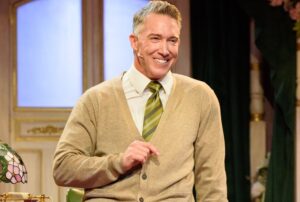
Photo Credit: Suzy O Photography.
Mackay’s and Shepherd’s performance together is a unique chemistry that Sorenson notes makes My Fair Lady “not a typical love story”. The conflict between Eliza and Higgins shifts with objectives and obstacles throughout the show, with an ending to their relationship as a sort of love story resolved in a few final moments. In this production, I found the director’s staging of the finale scene consistent with Sorenson’s vision. Shepard’s performance of “I’ve Grown Accustomed To Her Face”, the delivery of the final dialogue, and Mackay’s response all combine to create a satisfying conclusion. I believed both Henry and Eliza could find love and equality with each other.
My Fair Lady is a show of personalities accenting the production much like the variety of a box of chocolates. Ensemble roles are key to accentuating My Fair Lady’s excellent wit and humor throughout the show. Bonnie Wilson Whitlock’s performance as Mrs. Pearce was delightful as Whitlock uses nonverbal language conveyed through facial expressions. When Higgins instructs Mrs. Pearce to wash, clean, and begin Eliza’s refinement, Whitlock’s expressions obviously display annoyance and disagreement with the orders. Pearce cannot directly contradict her master’s orders. But in Whitlock’s performance, Pearce clearly disapproves of Higgins’ approach.
Ben Parkes as Colonel Pickering is also important in balancing Higgins’ insults and sharpness. Parkes does well in playing Pickering as respectful, and gentlemanly highlighting the contrast between Pickering and Higgins. Even more contrasted is drunkard Alfred P. Dolittle, played by Marshall Lamm with every bit of hilarity pouring out of each monologue on morality. Lamm steals the show in the scenes Dolittle appears.
In choreographing the numbers, Nathan Balsar uses movements to convey meaning and allows the ensemble to shine. I particularly appreciated how the stiffness of “Ascot Gavotte” contrasts with the looser, more welcoming environments of “Wouldn’t It Be Loverly” and “Get Me to the Church on Time”.
This production and an upcoming annual production of Christmas Carol close out the mainstage shows in the Hale Orem space. I’m excited for the opening of The Ruth and Nathan Hale Theatre promising continued excellence, expanded technical capabilities, and additional bathroom space. For now, My Fair Lady is a tribute to how well the production team in Orem successfully designs and manages the compact space with success to perform classic large musicals with style and flair. I am so glad I could experience this show live in the Hale Orem theatre space where I can recall many fond memories of attending previous theater productions.
My Fair Lady at the Hale Center Theater Orem is a delightful production of a classic. The jovial spirit of the production is apparent in the performances and every musical number. Get to the theatre on time to see a wonderful production befitting a princess, a flower girl, or simply a theatre attendee looking for a “loverly” time.

